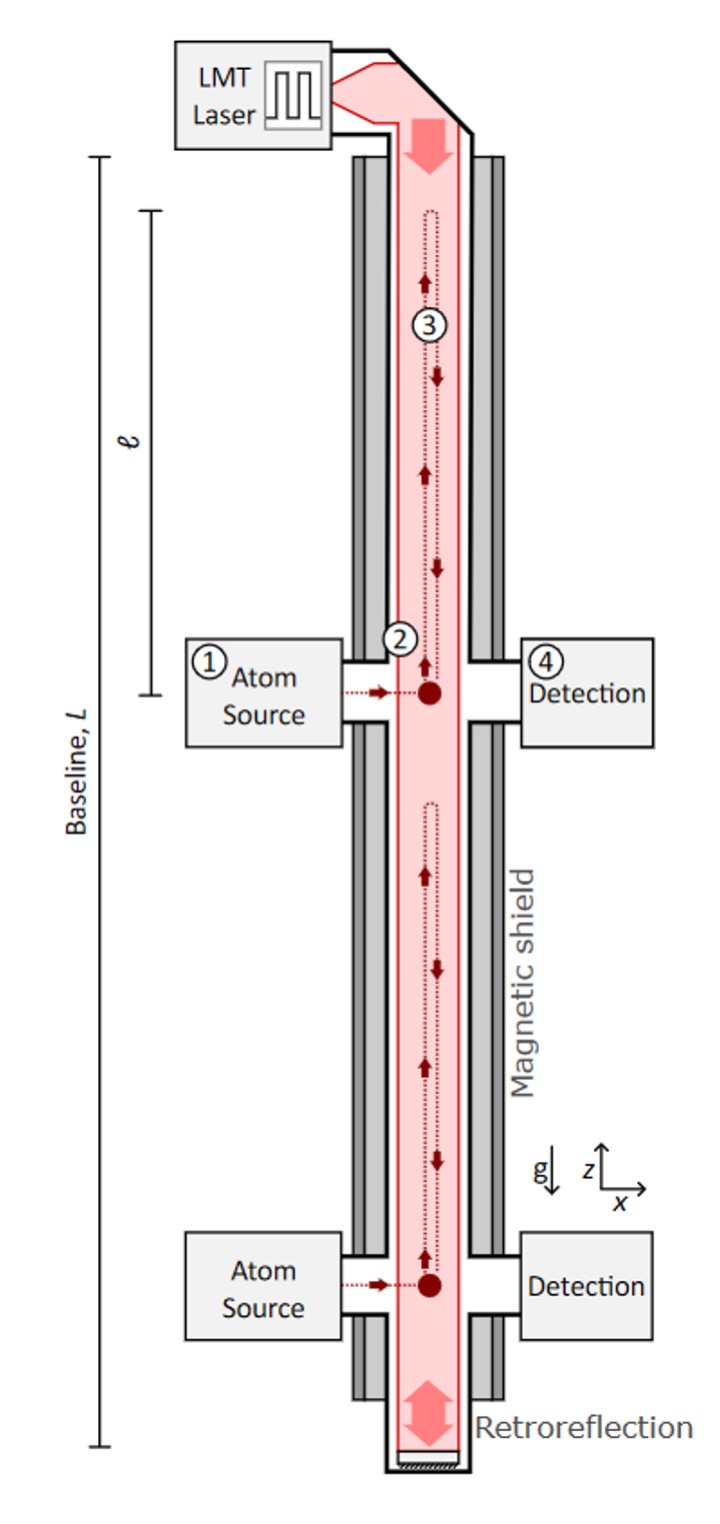Supervisors: Mark Bason (RAL) & Christopher McCabe (King's College London)

Among the most pressing needs within physics today is understanding the nature of dark matter, a ubiquitous and mysterious matter component that reveals its presence at all scales throughout the universe. There is a rich tapestry of dark matter candidates consistent with astrophysical and cosmological observations. A natural boundary arises around the eV mass scale. Dark matter candidates lighter than this exhibit wave-like behaviour, while heavier ones display particle-like properties. Broadly, experiments pursuing wave-like candidates seek to detect the coherent wave effects induced by the dark matter, while those investigating particle-like candidates focus primarily on detecting scattering events involving dark matter.
The AION collaboration (https://aion-project.web.cern.ch/) is pioneering the development of an ultra-sensitive atom interferometer [1]. This state-of-the-art instrument will be hosted at the University of Oxford and will be used to search for wave-like dark matter and other novel physics signals. Initiated in 2021 through STFC's Quantum Technology for Fundamental Physics program, the goal is to have a 10m-long baseline atom interferometer operational at Oxford by 2027.
This studentship provides an opportunity to play a pivotal role in pioneering the search for wave-like dark matter using this cutting-edge technology. You will play a key role in developing the data-analysis tools and techniques essential for examining data, with the goal of identifying or constraining potential dark matter signals. A crucial part of your responsibilities will involve pinpointing and characterising noise sources present on-site at Oxford with an eye to understanding their effect on AION physics searches. You will work with the collaboration to combine data from auxiliary sensor systems that capture details about these background noises, integrating them into our analysis framework. Additionally, there is an opportunity to explore the use of machine learning techniques to help distinguish dark matter signals from other background noises.
The work will take place at the Rutherford Appleton Laboratory and King's College London. We welcome applications from individuals of all backgrounds and are committed to promoting diversity in the field of physics.
The Figure shows a schematic of a long baseline atom interferometer https://iopscience.iop.org/article/10.1088/1475-7516/2020/05/011 .
For more details, contact Mark Bason (mark.bason@stfc.ac.uk) or Christopher McCabe (christopher.mccabe@kcl.ac.uk).
